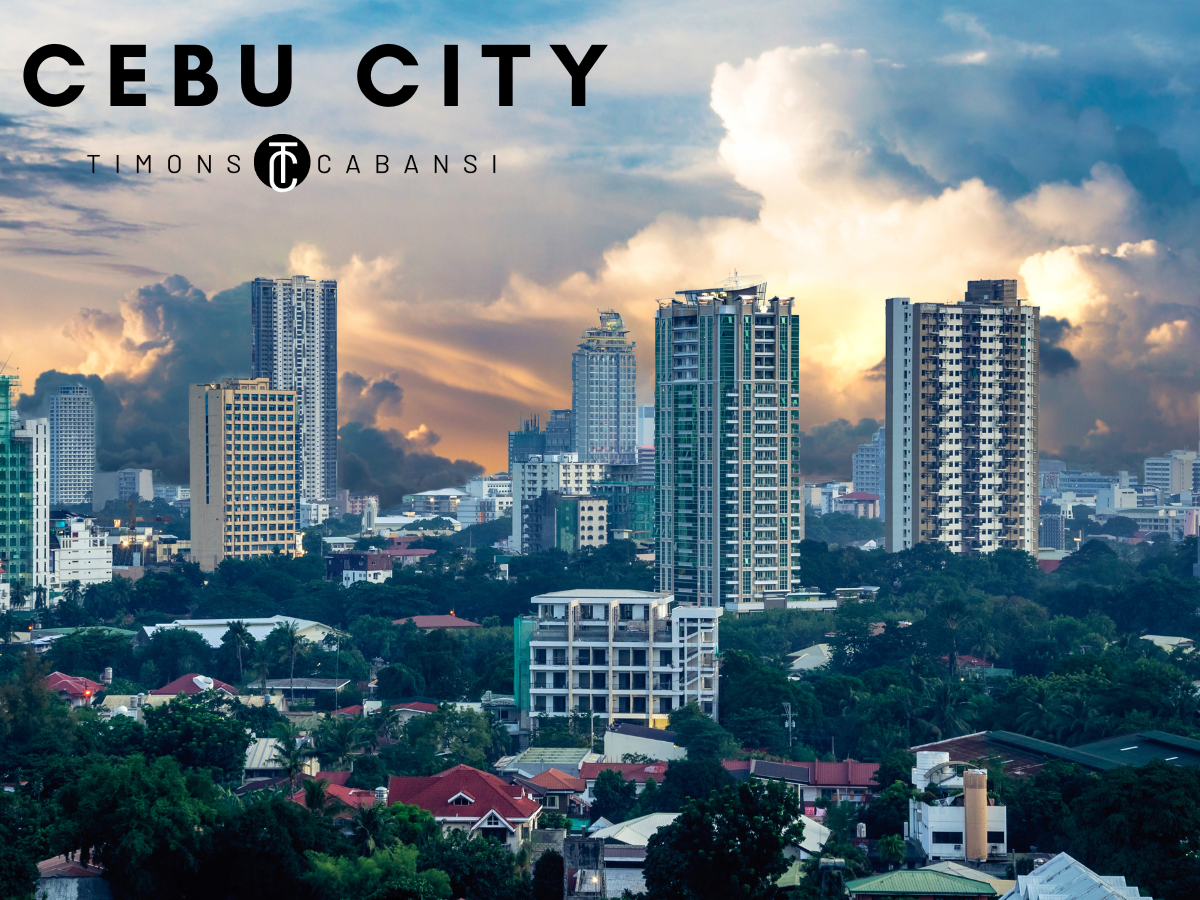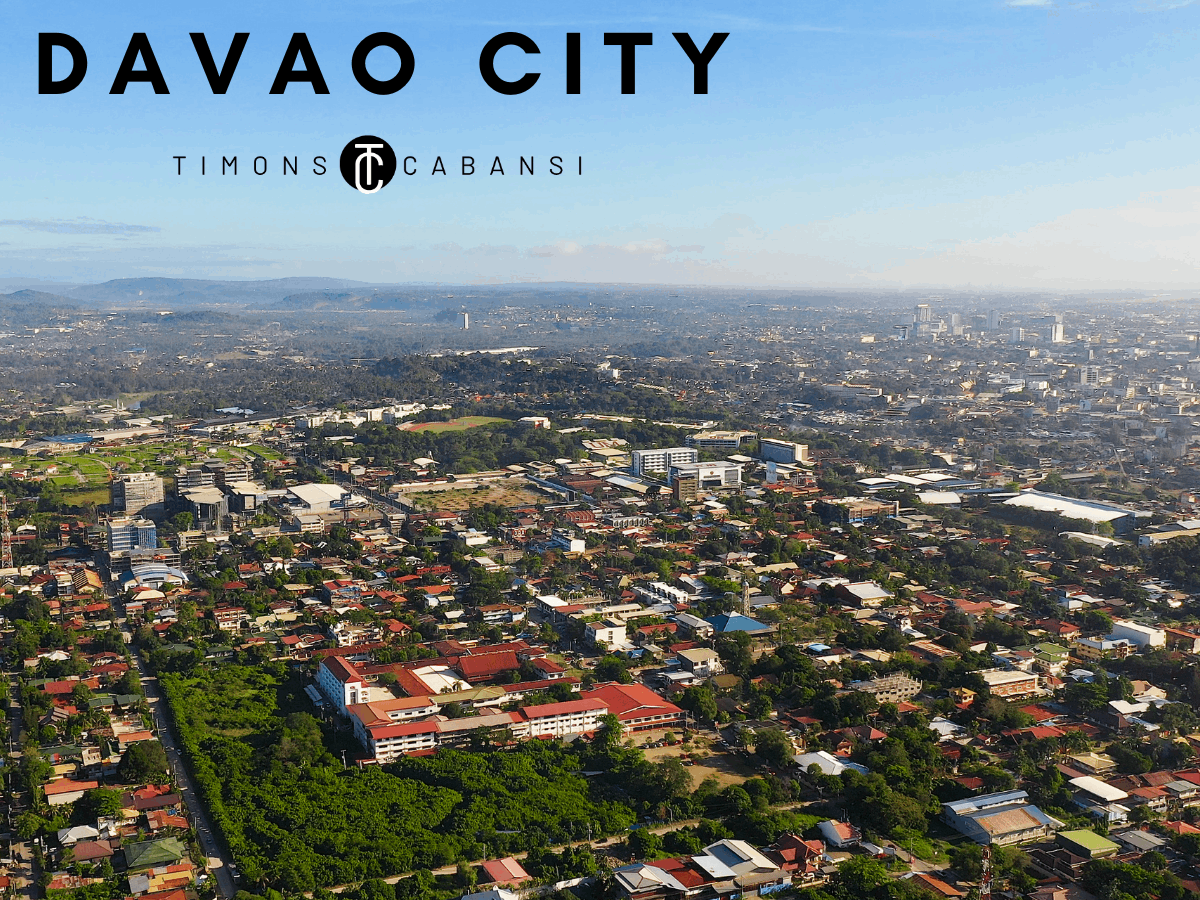Mid-Year 2024 Perspective: The Philippine Real Estate Landscape
By: Timons Cabansi
As we reach the midpoint of 2024, the Philippine real estate market is bustling with activity and potential. The first half of the year has seen significant developments, driven by economic growth, urbanization, and evolving market trends.
In this article, we provide a mid-year perspective on the current state of the Philippine real estate market, highlighting key trends, opportunities, and challenges for investors and stakeholders.
Economic Resilience and Urban Growth
The Philippine economy continues to demonstrate resilience in 2024, with a GDP growth rate that remains one of the highest in Southeast Asia. Urbanization is accelerating, with cities like Metro Manila, Cebu, and Davao experiencing rapid development.
This urban expansion fuels demand for residential, commercial, and industrial properties, presenting lucrative opportunities for real estate investors.
Metro Manila: A Hub of Activity

Metro Manila remains the heartbeat of the Philippine real estate market. The region’s population growth and influx of businesses drive demand for both residential and commercial properties. Key areas such as Bonifacio Global City (BGC), Makati, and Ortigas Center continue to offer high rental yields and capital appreciation.
New infrastructure projects, like the Metro Manila Subway and the North-South Commuter Railway, are set to enhance connectivity and further boost property values.
Cebu: Expanding Horizons

Cebu, known as the Queen City of the South, is a major player in the Philippine real estate market. Its strategic location, thriving IT and business process outsourcing (BPO) sectors and booming tourism industry make it a prime investment destination.
Significant infrastructure improvements, including the expansion of the Mactan-Cebu International Airport and the construction of new bridges and highways, are enhancing its attractiveness to investors.
Davao: Emerging Opportunities

Davao City, the largest city in the Philippines by land area, is emerging as a key real estate market. Known for its peace and order, Davao offers a high quality of life and lower cost of living compared to Metro Manila.
The city’s strategic initiatives to attract investments, coupled with growing commercial and residential developments, make it an appealing option for real estate investors looking for growth opportunities outside the traditional hubs.
Mid-Year Trends in Philippine Real Estate
Sustainability and Green Building
Sustainability remains a significant focus in the Philippine real estate sector in 2024. Developers are increasingly incorporating green building practices to meet the growing demand for environmentally friendly and energy-efficient properties. This trend benefits the environment and appeals to the younger generation of homebuyers and renters who prioritize sustainability.
Technological Integration
Technology integration in real estate, known as PropTech, continues to transform the industry. From smart home systems to virtual reality property tours, technology is enhancing the real estate experience for both buyers and sellers. Developers and real estate agents are leveraging these technologies to streamline transactions, improve property management, and provide better customer service.
Mixed-Use Developments
Mixed-use developments, which combine residential, commercial, and recreational spaces, are gaining popularity in 2024. These developments offer convenience and a holistic lifestyle experience, catering to urban dwellers who seek to live, work, and play within the same vicinity.
Major developers are focusing on creating self-sustaining communities that provide a variety of amenities and services.
Challenges in the Philippine Real Estate Market
Despite the positive outlook, the Philippine real estate market faces several challenges in 2024. Regulatory hurdles, such as complex property laws and lengthy approval processes, can pose obstacles to development.
Additionally, infrastructure deficits, particularly in transportation and utilities, can affect the attractiveness of certain areas for investment. Addressing these challenges requires concerted efforts from both the public and private sectors to ensure sustainable growth and development.
Takeaway
The Philippine real estate market offers many opportunities as we move through 2024. The country’s robust economic growth, rapid urbanization, and favorable demographic trends are key drivers of this vibrant sector.
While challenges exist, the ongoing developments and emerging trends indicate a promising future. For those looking to invest in the Philippine real estate market, now is the opportune time to explore the myriad possibilities this dynamic sector has to offer.
By staying informed and strategically navigating the market, investors can capitalize on the growth potential and contribute to the continued development of the Philippines’ real estate landscape. The remainder of 2024 holds significant promise for those willing to seize the opportunities presented by this ever-evolving market.
Frequently Asked Questions (FAQ)
1. What are the key areas for real estate investment in the Philippines in 2024?
Key areas for real estate investment in 2024 include Metro Manila, Cebu, and Davao. Metro Manila is the economic and cultural hub, offering high rental yields and capital appreciation. Cebu is a major player due to its strategic location and thriving sectors, while Davao offers a high quality of life and emerging opportunities outside traditional hubs.
2. What are the emerging trends in the Philippine real estate market?
Emerging trends in the Philippine real estate market include sustainability and green building practices, technological integration (PropTech), and mixed-use developments. These trends cater to the growing demand for environmentally friendly properties, enhanced real estate experiences through technology, and convenient, holistic living environments.
3. What challenges does the Philippine real estate market face in 2024?
The Philippine real estate market faces challenges such as regulatory hurdles, including complex property laws and lengthy approval processes, and infrastructure deficits, particularly in transportation and utilities. Addressing these challenges requires coordinated efforts from both the public and private sectors.
4. How does urbanization affect the real estate market in the Philippines?
Urbanization drives demand for residential, commercial, and industrial properties in the Philippines. As cities expand and modernize, they attract more businesses and residents, leading to increased demand for real estate. This creates numerous investment opportunities, particularly in rapidly developing urban areas.
5. What is PropTech and how is it transforming the Philippine real estate market?
PropTech, or property technology, refers to the use of technology to improve the real estate industry. In the Philippines, PropTech is transforming the market through smart home systems, virtual reality property tours, and enhanced property management. These technologies streamline transactions, improve customer service, and provide a better overall experience for buyers and sellers.
6. Why is sustainability important in the Philippine real estate market?
Sustainability is important in the Philippine real estate market because it meets the growing demand for environmentally friendly and energy-efficient properties. Sustainable building practices reduce the environmental impact of real estate developments, appeal to eco-conscious buyers and renters, and can lead to cost savings in the long term through energy efficiency.
By understanding these key aspects and trends, investors and stakeholders can make informed decisions and capitalize on the opportunities presented by the Philippine real estate market in 2024.
Disclaimer: This article is for informational purposes only and does not constitute financial, legal, or investment advice. Always consult with a professional before making any decisions.
Please Kindly Follow
TimonsCabansi.com – Where Life Meets Wisdom, One Article at a Time.

